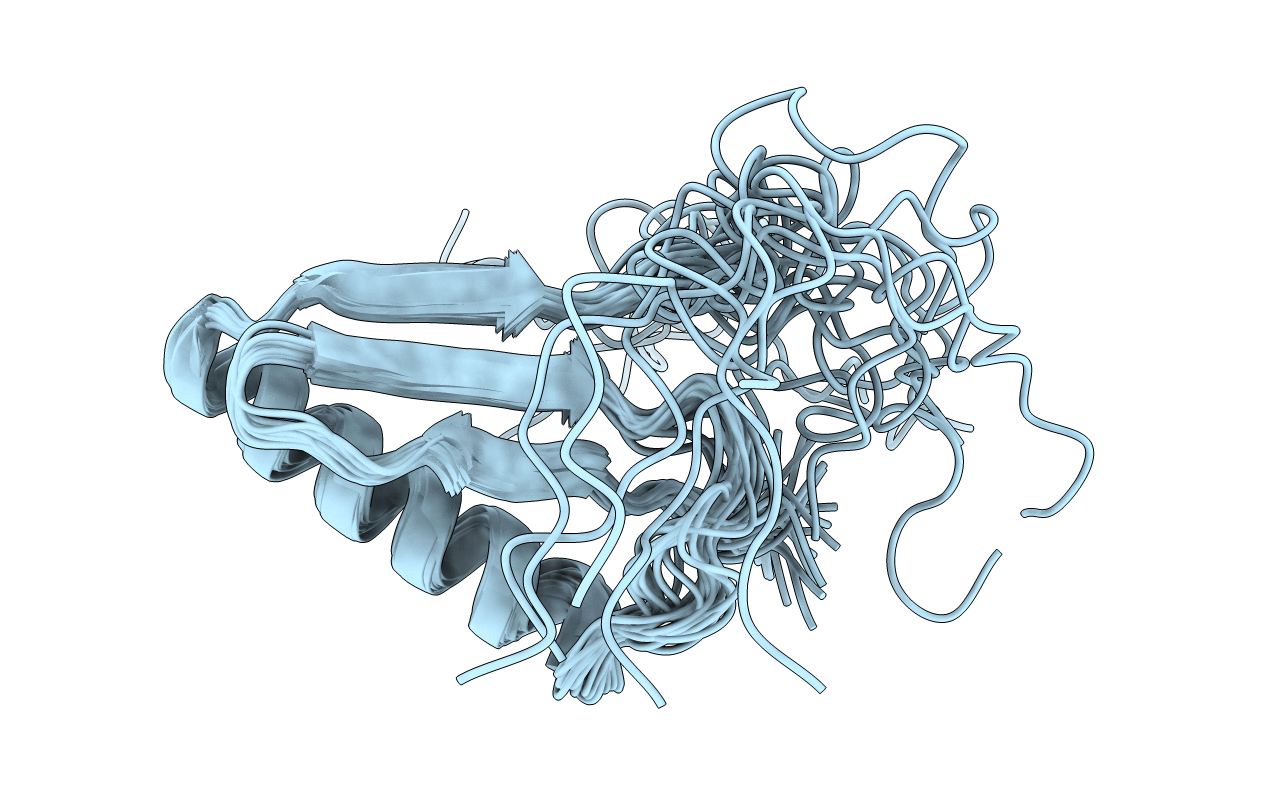
Deposition Date
2016-04-29
Release Date
2016-05-11
Last Version Date
2024-05-15
Entry Detail
Biological Source:
Source Organism:
Host Organism:
Method Details:
Experimental Method:
Conformers Calculated:
1000
Conformers Submitted:
21
Selection Criteria:
structures with the lowest energy


